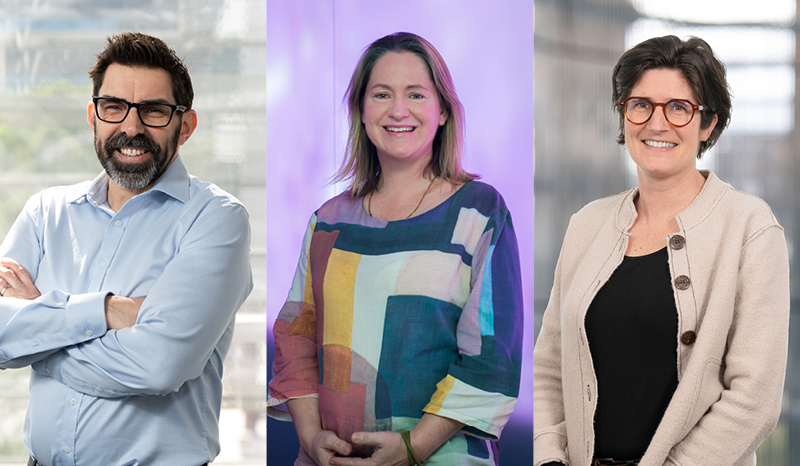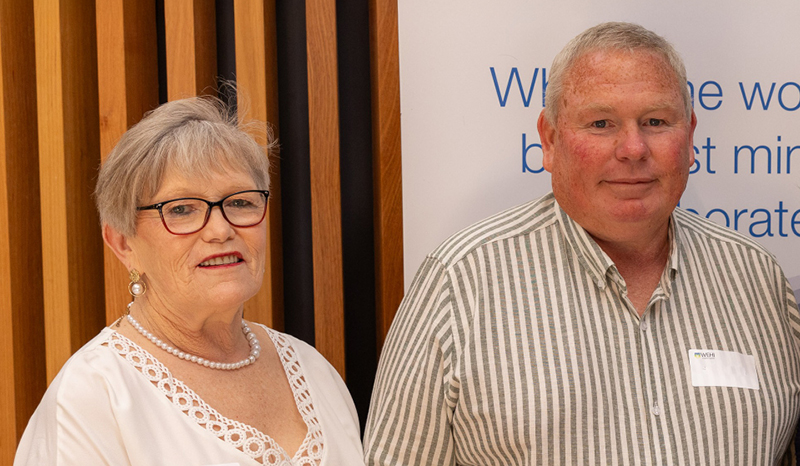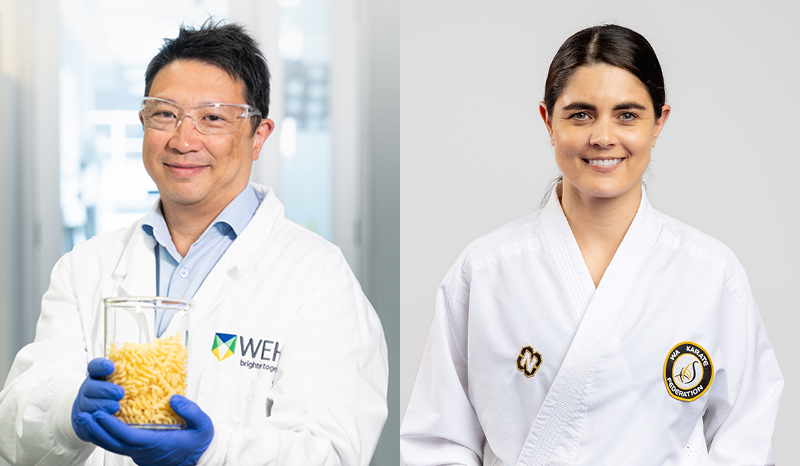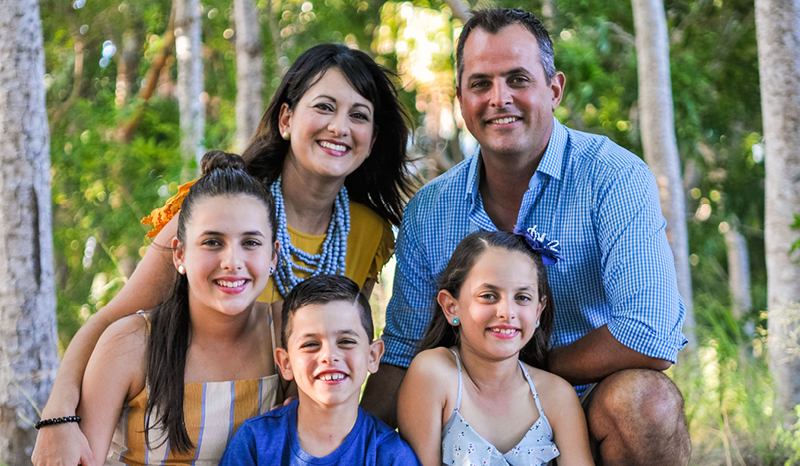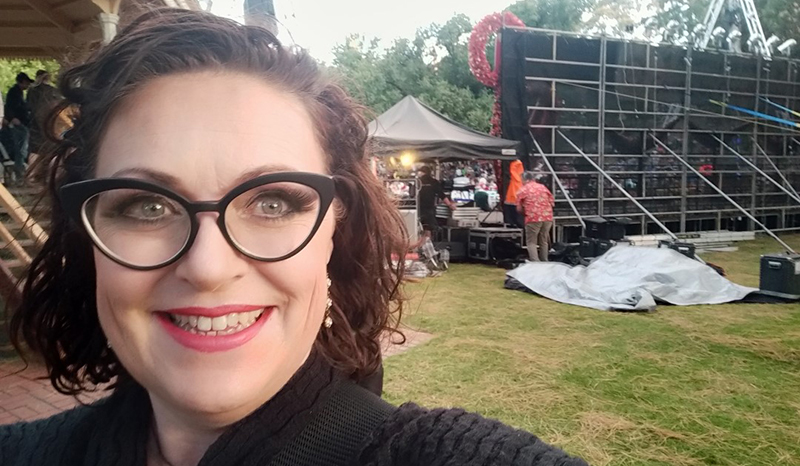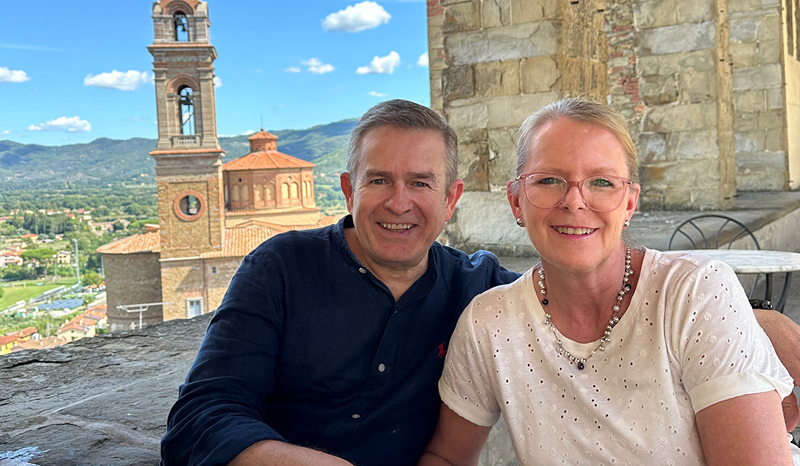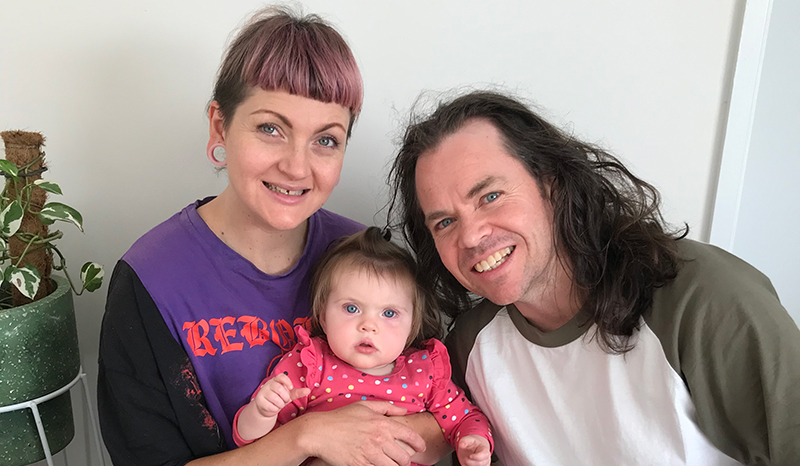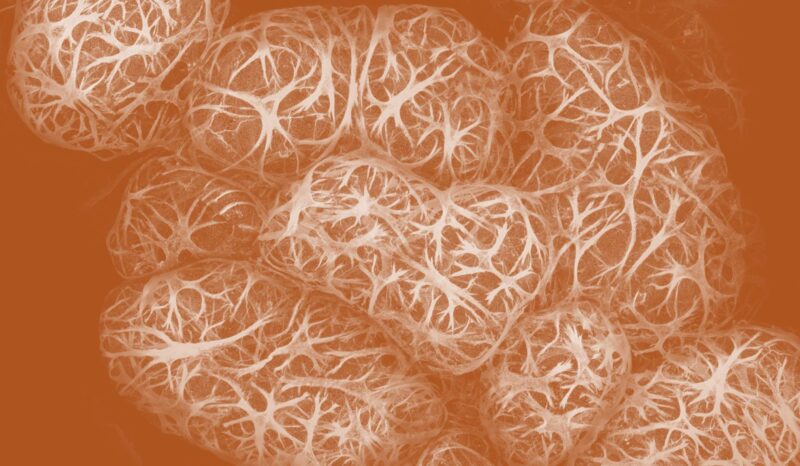This level of detail is set to empower a new generation of scientific discoveries by enabling a deeper understanding of disease progression and helping identify potential new drug targets. Spatial omics surpasses previous techniques by keeping the tissue sample intact while collecting complex information about the spatial relationship between different molecules and cells.
WEHI has some of the first spatial omics technologies in Australia, however a major challenge faced by scientists is how to manage and analyse the vast and complex data these technologies produce.
The Kinghorn Foundation is very generously helping us to solve this problem.
Joint lead investigator Associate Professor Kelly Rogers said that analysing spatial omics data requires specialised computational tools and storage solutions to handle the massive datasets and complex spatial information.
“These technologies can generate two to three terabytes of data in a single experiment. Thanks to the generous support of The Kinghorn Foundation, WEHI has now established the Spatial Omics Data Analytics (SODA) Hub, the first research hub of its kind in Australia to address this data challenge.”
The hub integrates WEHI’s strengths in the powerful trio of imaging, genomics and bioinformatics, to develop methods to analyse and interpret the extensive data provided by spatial omics technologies.
The hub aims to develop methods that can be applied to any disease, to advance diagnoses and discoveries for better on-target treatment.
Joint lead investigator and WEHI deputy director Professor Tony Papenfuss said the investment by The Kinghorn Foundation has been transformative.
“The investment is enabling a cutting-edge data management,storage and analysis solution that is the nexus between a multidisciplinary team of scientists.
“The SODA Hub will turbo charge all spatial omics projects at WEHI and enable data sharing between more than 500 researchers, ensuring broad utilisation and impact of the data generated.”
Joint lead investigator Professor Marie-Liesse Asselin-Labat said this kind of information will allow scientists to begin building a comprehensive ‘instruction manual’ and create a more detailed map of the diversity and complexity of cells in a diseased organ.
“The new field of spatial omics research promises to become the pathologist’s very own version of a ‘Google map’ for disease.”
–
Header image: Joint lead investigators of SODA: Professor Tony Papenfuss, Associate Professor Kelly Rogers and Professor Marie-Liesse Asselin-Labat.





